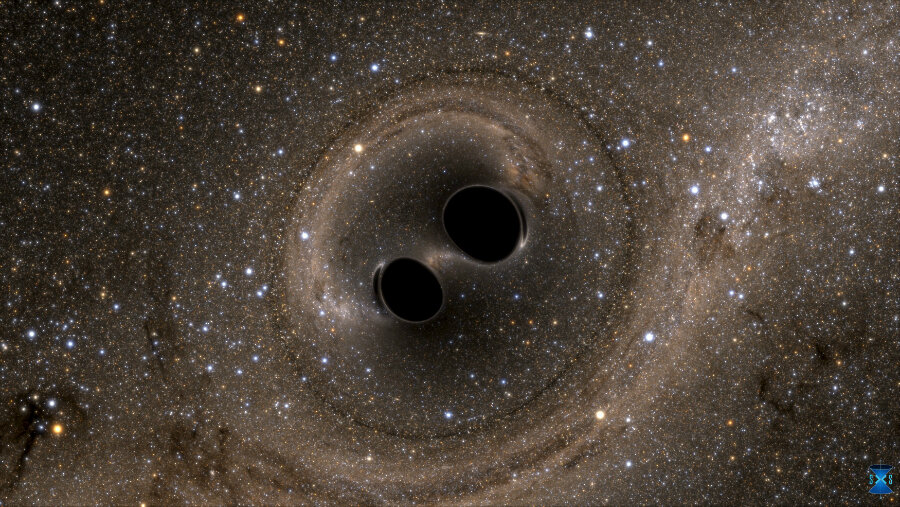NASA approves a new mission to study mysteries of black holes
Loading...
NASA will launch a spacecraft armed with three special telescopes to study black holes and other extreme astrophysical phenomena, the agency announced this week.
The mission, slated for late 2020, was selected by the agency from fourteen proposals from the Astrophysics Explorers Program.
The Imaging X-Ray Polarimetry Explorer (IXPE), as the mission is known, will allow scientists to measure the polarization of X-rays radiating from gases heated by black holes and other objects. They’ll do it using new polarization-sensitive telescopes developed by the Italian Space Agency.
That data will give scientists a much better idea of what the environments around black holes are like.
“We cannot directly image what’s going on near objects like black holes and neutron stars, but studying the polarization of X-rays emitted from their surrounding environments reveals the physics of these enigmatic objects,” Paul Hertz, director of NASA’s astrophysics division in Washington, said in a statement. “IXPE will open a new window on the universe for astronomers to peer through.”
It could fit into an interesting, and growing, body of such research. In August, The Christian Science Monitor’s Joseph Dussault reported that scientists had recorded, for the first time, an explosive event that occurs just after a black hole consumes the matter it pulls in:
Black hole flares are loaded with X-ray and ultraviolet radiation, which vaporize dust and other small pieces of matter. But particles can survive the radiation at a certain distance, leaving a shell of superheated dust a few trillion miles from the black hole’s center.
The surviving dust itself gives off infrared radiation, echoing the flare. This infrared emission can be detected for up to a year after the flare hits its brightness peak, say researchers.
Using data from NASA's Wide-field Infrared Survey Explorer (WISE), researchers were able to capture these “light echoes.” By measuring the delay between the original flare and the infrared copy, they could determine the distance between the black hole and the dust.
Martin Weisskopf of NASA’s Marshall Space Flight Center in Huntsville, Ala. will helm the $188 mission, with Colorado’s Ball Aerospace providing spacecraft and mission integration.
The Astrophysics Explorers program, notes SpaceNews, is designed to create more frequent access to space for astronomers, specializing in small and medium mission types that sometimes include tag-alongs, like flying instruments on balloons and other spacecraft. This spring, the agency is expected to choose a small mission proposal from two finalists.
NASA also has bigger-ticket missions in mind – among them, its plan to send astronauts to Mars within the next few decades. And as the Monitor’s Weston Williams reported this week, the agency might have come up with a means of sheltering future colonizers: ice.
Designing homes for astronauts on Mars is more difficult than it might sound. Unlike the missions to the moon, the length of the trip to Mars means that the first visitors to the red planet will have to stay for months longer than their Apollo counterparts. They will need more room for supplies and expanded living space that cannot be provided in a cramped Martian lander, and their homes would have to take a lot of punishment.
"The materials that make up the Ice Home will have to withstand many years of use in the harsh Martian environment, including ultraviolet radiation, charged-particle radiation, possibly some atomic oxygen, perchlorates, as well as dust storms – although not as fierce as in the movie 'The Martian'," said Langley researcher Sheila Ann Thibeault in the statement.
Building a larger habitat with traditional building materials would certainly do the trick, but it would require large amounts of labor and massive payloads from Earth. But ice may be just the right material to keep astronauts safe and comfortable – and since Mars is thought to have abundant ice just below the surface, there will plenty of building materials nearby.






